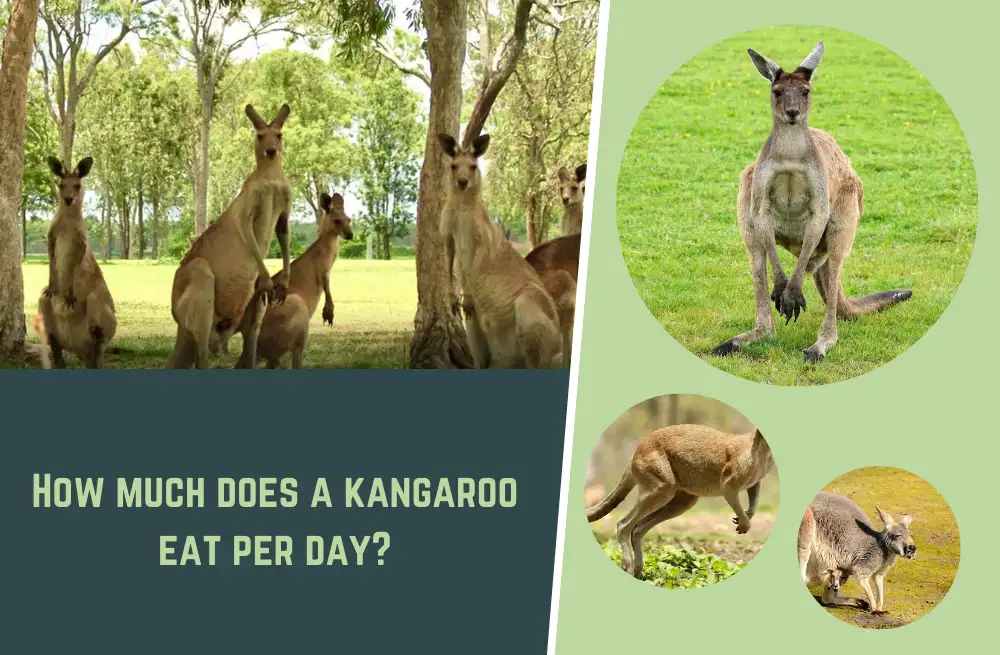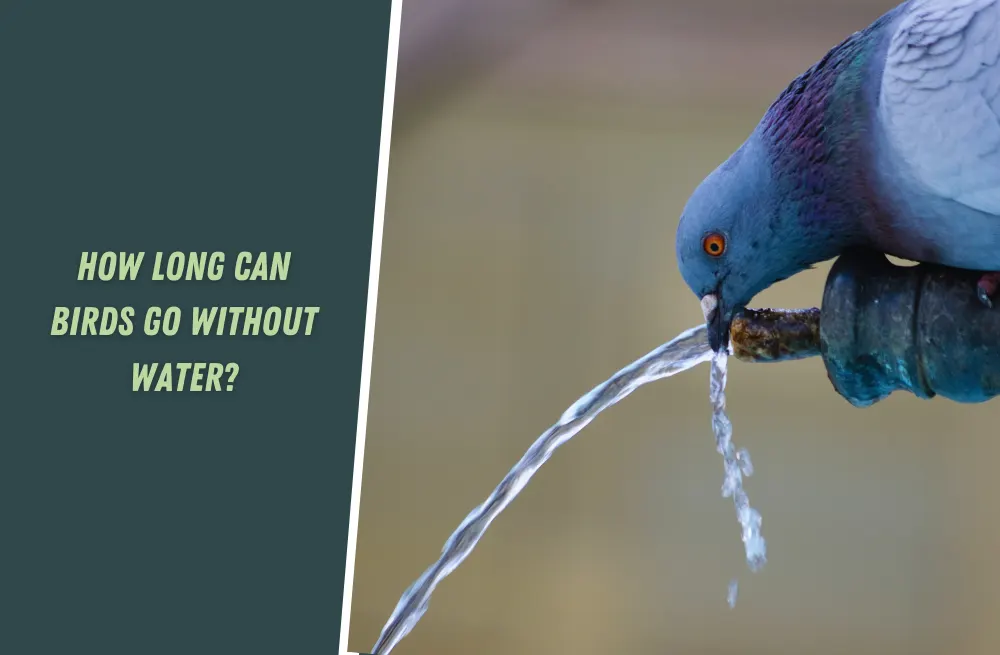When a kangaroo has twins, it’s quite an extraordinary event! Just imagine a mother kangaroo carrying not one, but two little joeys in her pouch. It’s not something you see every day, as kangaroos typically give birth to a single joey at a time. But when twins do come along, it adds an extra level of excitement to the kangaroo family.
So, what happens when a kangaroo has twins? Well, the first thing you should know is that kangaroos have a unique reproductive system. The female kangaroo can actually have multiple embryos at different stages of development. One embryo grows inside the uterus, while another remains in a dormant state called diapause. This means that the second embryo waits for the right time to start growing.
When the first joey is born, it is very tiny and underdeveloped. It immediately crawls into its mother’s pouch and attaches itself to a teat. Meanwhile, the second embryo in diapause starts to develop, and the mother becomes pregnant again. It’s like having a backup plan for future joeys!
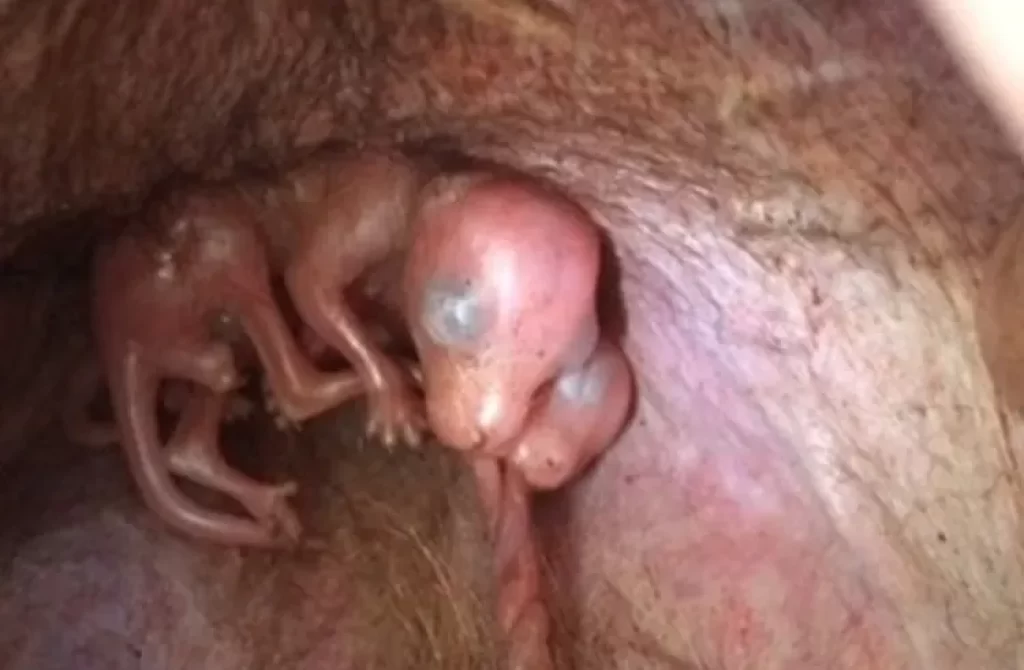
As the joeys grow inside the pouch, they receive nourishment from their mother’s milk and gradually become more independent. The mother kangaroo takes great care of her little ones, grooming them, providing milk, and keeping them warm and safe. Eventually, as the joeys become more confident, they start to venture out of the pouch and explore the world around them.
If you find this fascinating, there’s even more to discover about kangaroo reproduction and the amazing journey of their twins. Keep reading to delve deeper into the fascinating world of kangaroos and their unique reproductive strategies.
Note: The following section will provide a more detailed and informative explanation of what happens when a kangaroo has twins. 🦘
What happens if a kangaroo have twins?
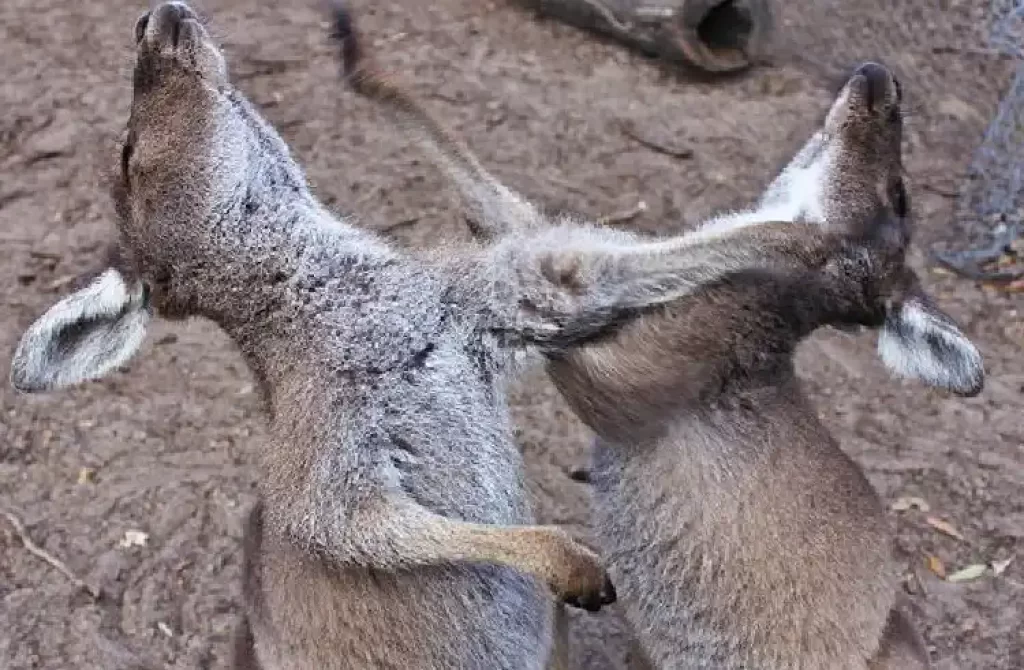
When a kangaroo gives birth to twins, it is a relatively rare occurrence but not unheard of. Here’s what typically happens:
Pregnancy
Female kangaroos, known as does or flyers, have a unique reproductive system. They can have multiple embryos at different stages of development simultaneously. One embryo is in the uterus, while another is in a state of suspended development called diapause. This adaptation allows the doe to delay the growth of the second embryo until the first joey (baby kangaroo) becomes independent.
Birth
The first joey is usually born after a gestation period of around 30 to 40 days. It is very tiny, hairless, and underdeveloped, weighing only about one gram. The newborn joey instinctively crawls into the mother’s pouch, where it attaches to a teat and continues to develop. The mother’s pouch has several teats, allowing her to nurse multiple joeys simultaneously.
Second Birth
If the doe has a second embryo in diapause, it remains in a suspended state until the first joey becomes more self-sufficient. This typically occurs when the first joey starts to leave the pouch and venture out. The second embryo resumes development, and the doe becomes pregnant again.
Care and Development
The mother kangaroo’s pouch provides a protective and nurturing environment for the joeys. Each joey latches onto a separate teat, receiving milk and growing inside the pouch. They go through various stages of development, gradually becoming more independent. The timing of leaving the pouch and becoming fully independent can vary among different kangaroo species.
Parental Care
The mother kangaroo provides care and protection for her joeys. She will groom them, provide milk, and keep them warm and safe within her pouch. As they grow older and become more independent, they will spend increasing amounts of time outside the pouch, exploring their surroundings while returning to nurse and seek comfort.
How many times can a kangaroo get pregnant?
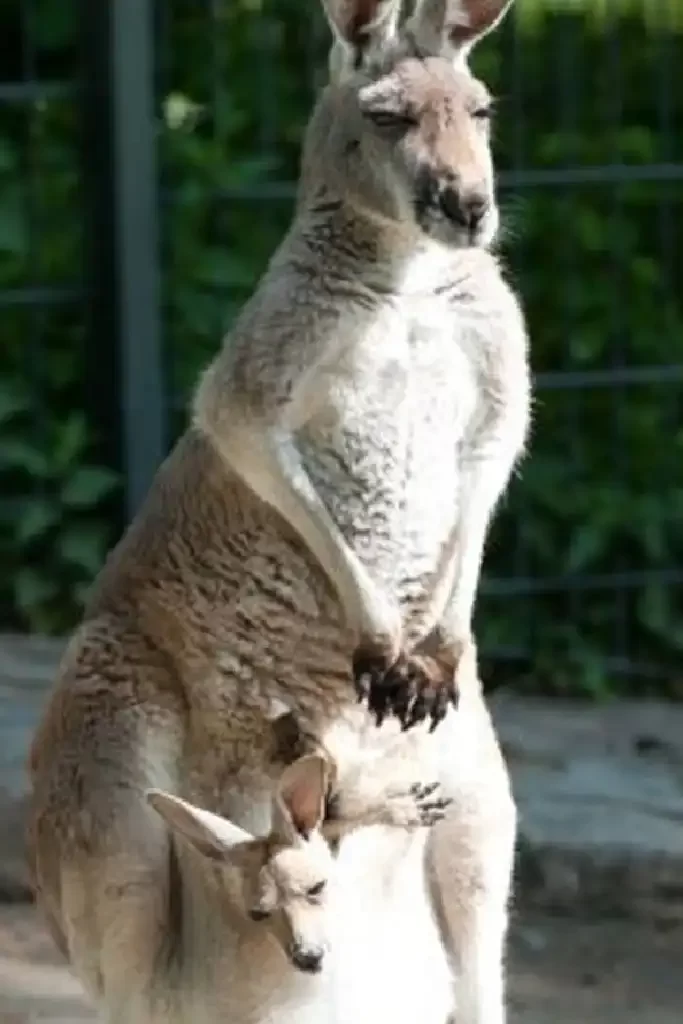
A female kangaroo has the ability to get pregnant multiple times throughout her reproductive life. Like many other mammals, kangaroos are capable of having multiple pregnancies during their breeding years.
The exact number of pregnancies can vary depending on factors such as the species of kangaroo, environmental conditions, and the health of the individual female.
Generally, a female kangaroo can have several pregnancies in her lifetime, producing multiple offspring. However, the frequency of pregnancies and the number of young produced can be influenced by factors such as the availability of resources, competition, and the reproductive strategies of different kangaroo species.
Can kangaroos carry 2 joeys?
While it is rare, kangaroos can carry and care for two joeys at the same time. When a female kangaroo becomes pregnant with twins, one joey is born first, while the other remains in a dormant state called diapause.
The mother’s pouch has multiple teats to accommodate both joeys. Once the first joey leaves the pouch, the second joey resumes development and is born later. It’s a unique reproductive strategy that showcases the adaptability of kangaroos.
Can a kangaroo carry more than one baby?
Yes, kangaroos have a fascinating reproductive adaptation that allows them to carry more than one baby. When a female kangaroo becomes pregnant, she can carry and care for two joeys at different stages of development.
This is known as embryonic diapause. The first joey is born and enters the mother’s pouch to continue its growth, while the second joey remains in a dormant state.
Once the first joey leaves the pouch, the second joey resumes development and is born later. It’s an incredible strategy that enables kangaroos to manage their offspring effectively.
How long is a kangaroo pregnant for?
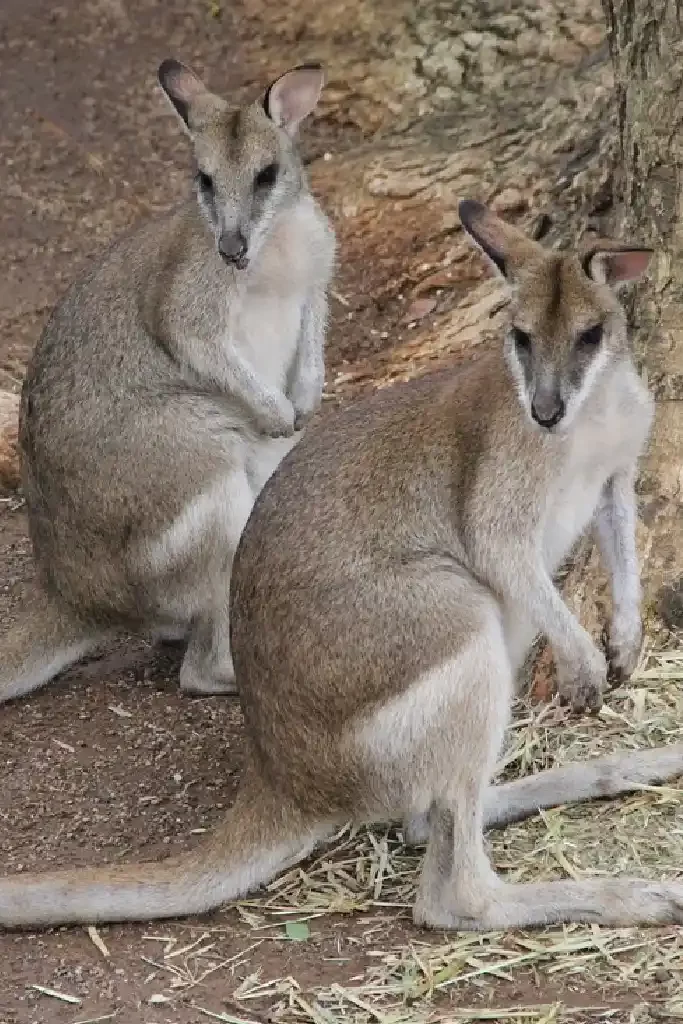
The gestation period of a kangaroo varies depending on the species. On average, the pregnancy of a kangaroo lasts around 25 to 35 days. However, this relatively short duration is only for the actual gestation period.
Kangaroos have a unique reproductive process called embryonic diapause, where the development of the embryo is temporarily paused.
After the initial gestation period, the embryo remains in a dormant state until favorable conditions for survival are present.
The paused development can last for several months, and once resumed, the remaining pregnancy typically lasts around 30 to 40 days. So, while the overall pregnancy can be longer, the active gestation period is relatively short compared to other mammals.
Do female kangaroos have breasts?
Yes, female kangaroos do have breasts. Like other mammals, female kangaroos possess mammary glands that produce milk to nourish their young.
The breasts of a kangaroo are located within a pouch called a marsupium, where the joeys, or baby kangaroos, spend a significant portion of their early development.
Inside the pouch, the joeys latch onto the nipples and receive milk from the mother to grow and thrive. The marsupial reproductive system, with its specialized pouch and lactation process, is a distinctive characteristic of kangaroos and other marsupials.
What is a male kangaroo called?
A male kangaroo is called a “boomer” or a “buck.” The term “boomer” is commonly used to refer to an adult male kangaroo, while “buck” is a more general term for a male kangaroo of any age.
These terms are often used in the context of different kangaroo species, such as the red kangaroo, grey kangaroo, or wallaby. Male kangaroos are known for their larger size compared to females, as well as their distinctive muscular build and the presence of a pouch in some species.
Do male kangaroos produce milk?
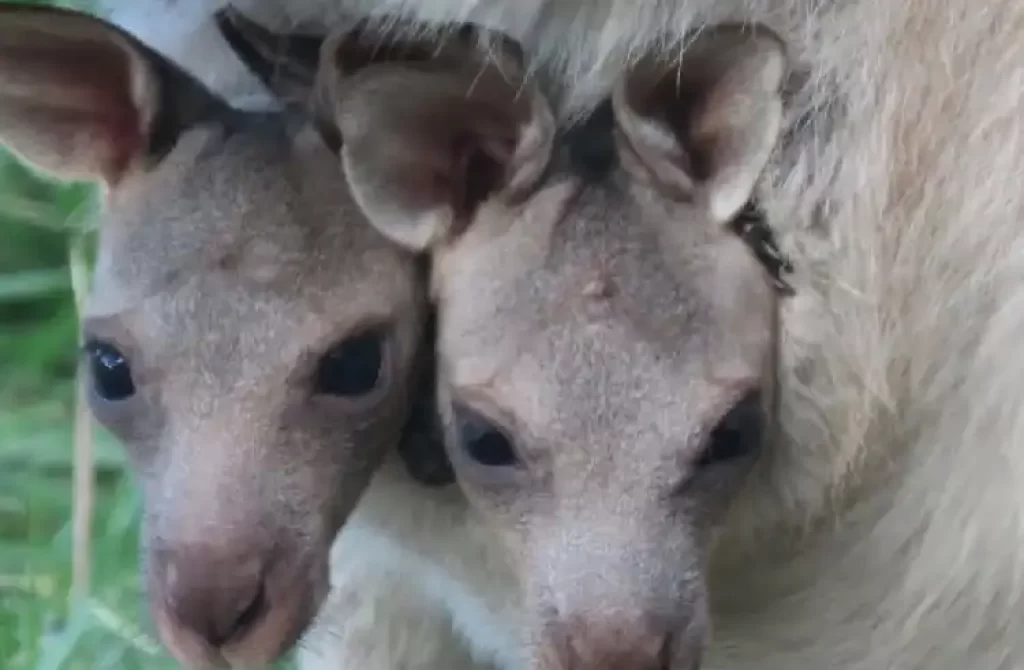
No, male kangaroos do not produce milk. Milk production is a characteristic unique to female mammals, as they have specialized mammary glands that produce milk to nourish their young.
Male kangaroos, like other male mammals, do not possess mammary glands or the ability to produce milk.
It is the female kangaroos, known as does or flyers, who produce milk to feed their joeys (baby kangaroos) until they are ready to leave the pouch and eventually become independent.
Up Next:
- What do Kangaroos Look like When They are Born?
- How Much Does a Kangaroo Eat Per Day?
- Human vs Kangaroo: Who Wins the Ultimate Fight?
- How Many Kangaroos are there in Australia?
- What do Kangaroos Eat in the Desert?
- Can Kangaroos Move Their Legs Independently?
- Building a Kangaroo-Proof Fence
- How High Can Kangaroos Jump?


